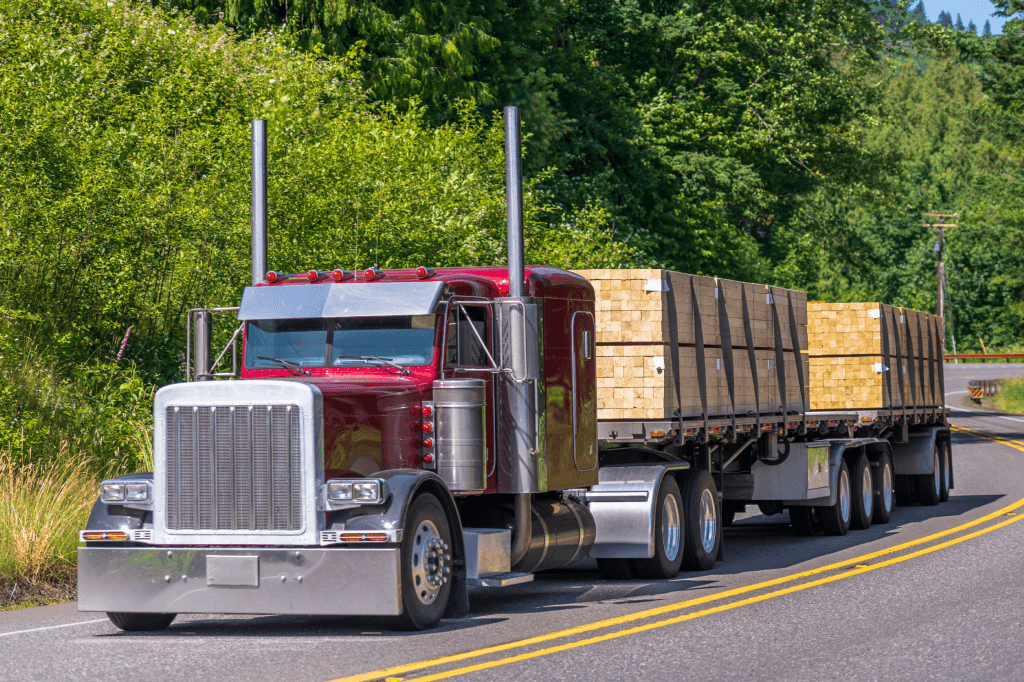Flatbed truck driving is a challenging and demanding job that requires a high level of skill and attention to detail. Flatbed truck drivers are responsible for transporting goods that are too large or bulky to fit into a standard shipping container, such as construction materials, heavy equipment, and machinery. However, the job can also be dangerous if proper safety measures are not taken. In this article, we’ll explore some essential safety tips for flatbed truck drivers to help them stay safe on the job.
- Inspect the truck and load before driving
Before setting out on a trip, it is essential to inspect the truck and load for any defects or damages. Ensure that the load is secured correctly and balanced correctly, and all straps and chains are in good condition. Check that all lights and brakes are working correctly and that the tires are inflated to the correct pressure.
- Use personal protective equipment (PPE)
The use of personal protective equipment such as gloves, safety glasses, and hard hats can help protect you from injuries while loading and unloading cargo. Make sure you have appropriate PPE for the job and wear it at all times. For example, wearing gloves can protect your hands from getting cut or punctured by sharp edges or corners.
- Practice proper lifting techniques
Lifting heavy objects can cause serious back injuries, so it is essential to use proper lifting techniques. Lift with your legs, not your back, and use mechanical aids like forklifts or cranes if available. Be careful when lifting awkward or heavy loads and ask for help if needed.
- Drive defensively
Driving a flatbed truck requires a different skill set than driving a regular vehicle. Be aware of your surroundings, drive defensively, and maintain a safe distance from other vehicles. Be especially careful when merging or changing lanes. Flatbed trucks have a higher center of gravity than other vehicles, which can make them more prone to tipping over.
- Secure the load
Ensuring that the load is adequately secured before driving is essential to prevent accidents and damage to the cargo. Use appropriate straps, chains, and other restraints to secure the load to the truck bed. Check the straps and chains periodically throughout the trip to ensure that they have not loosened or become damaged. Remember that a loose load can shift during transport, causing the truck to become unbalanced and potentially tip over.
- Avoid distracted driving
Distracted driving is a significant cause of accidents. Avoid using your phone, eating, or engaging in any activity that takes your focus away from driving. Keep your eyes on the road, and stay alert for any hazards or obstacles that may come up.
- Be mindful of weather conditions
Adverse weather conditions can make driving a flatbed truck even more challenging. Be aware of the weather forecast and adjust your driving accordingly. Slow down in heavy rain or snow, and use caution on icy roads. High winds can also be a hazard, particularly when carrying oversized loads. Be especially careful when passing under bridges or through tunnels, as wind gusts can cause the load to shift.
- Take breaks and rest
Driving a flatbed truck can be tiring, so take breaks and rest when needed. Take advantage of rest stops to stretch your legs, eat, and hydrate. Be mindful of the hours-of-service regulations, which dictate how long a driver can work before taking a break. Fatigue is a significant cause of accidents, so it is essential to get adequate rest to stay alert and focused on the road.

In addition to the tips mentioned above, it is also important to stay up to date with the latest safety regulations and training. The Federal Motor Carrier Safety Administration (FMCSA) has established rules and guidelines for flatbed truck drivers to follow, including hours-of-service regulations, cargo securement rules, and driver qualification requirements. Make sure you are familiar with these regulations and comply with them at all times.
In conclusion, flatbed truck driving is a challenging and rewarding job, but it requires a high level of skill and attention to detail. By following these safety tips, you can reduce the risk of accidents and make your job safer and more enjoyable. Stay safe out there!
